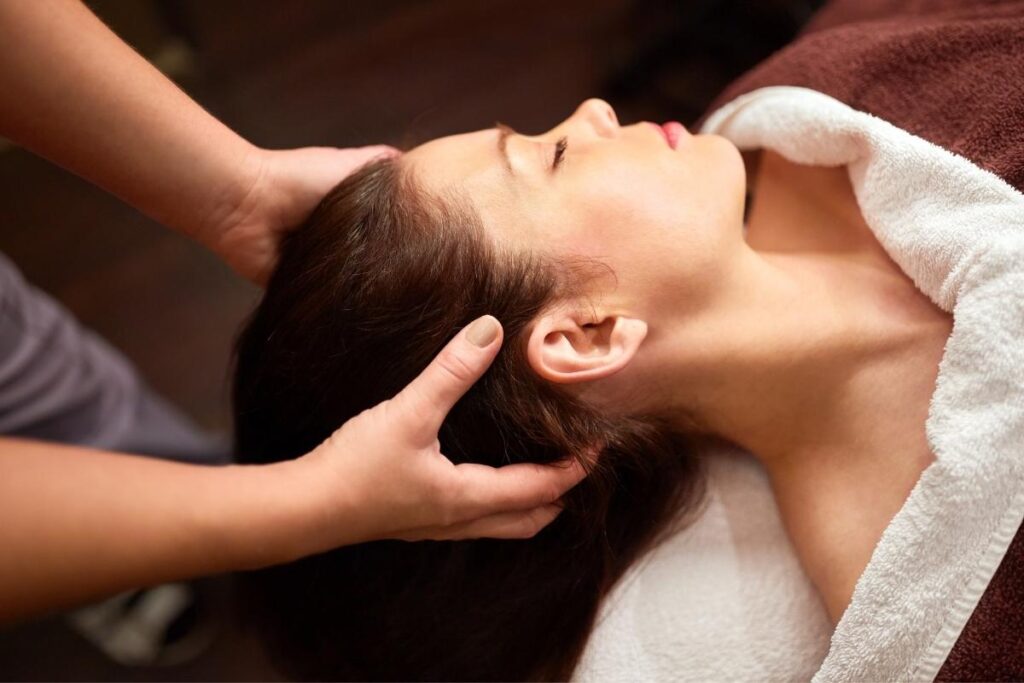Malaysia is renowned for its rich cultural heritage, diverse landscapes, and vibrant tourism industry, and one of the country’s most sought-after experiences is its diverse range of massage therapies. From traditional Malay healing techniques to Chinese acupressure and Indian Ayurvedic treatments, Malaysia offers a unique blend of massages that cater to both relaxation and therapeutic needs. Many visitors and locals alike seek massages not only for leisure but also for their numerous health benefits, including stress relief, improved circulation, and pain management. The country’s tropical climate and lush natural surroundings enhance the appeal of massage therapy, making it a key part of Malaysia’s wellness tourism sector. Whether in a luxurious spa, a modest street-side massage parlor, or a beachfront retreat, massages in Malaysia are deeply rooted in both tradition and modern wellness practices.
Traditional Malay massage, known as “urut,” is one of the most popular forms of body therapy in Malaysia. This massage technique has been practiced for generations and is deeply embedded in Malay culture, often used for postnatal care, muscle relaxation, and overall well-being. It involves firm, rhythmic strokes and deep tissue pressure to improve blood circulation, release muscle tension, and enhance the body’s natural healing process. Herbal oils infused with medicinal plants such as ginger, lemongrass, and betel leaves are commonly used to provide additional therapeutic benefits. Many Malay massage therapists have acquired their skills through generations of knowledge passed down within families, ensuring authenticity and effectiveness in their treatments. As a result, Malay massage remains a favorite choice for those looking to experience a holistic and rejuvenating therapy.
Apart from Malay massage, Chinese massage techniques, particularly Tui Na and reflexology, are widely practiced in Malaysia. Tui Na is a form of deep tissue massage that focuses on acupressure points to restore the body’s energy balance and relieve physical discomfort. Reflexology, on the other hand, is based on the belief that specific points on the feet correspond to different organs in the body. By applying targeted pressure to these areas, reflexologists aim to improve overall health and promote relaxation. Many Chinese massage centers in Malaysia offer these therapies as part of traditional Chinese medicine (TCM), attracting individuals who prefer natural healing approaches. Reflexology, in particular, is immensely popular among locals and tourists, with numerous foot massage centers available in shopping malls, night markets, and dedicated wellness centers.
Indian Ayurvedic massage, another prominent form of therapy in Malaysia, is rooted in the principles of Ayurveda, an ancient system of medicine that emphasizes balance and harmony in the body. Ayurvedic massages incorporate herbal oils, warm compresses, and specialized techniques to detoxify the body, reduce stress, and improve circulation. Treatments such as Abhyanga (oil massage) and Shirodhara (oil pouring on the forehead) are commonly offered in Ayurvedic wellness centers across Malaysia. Many people seek Ayurvedic massages for their therapeutic benefits, particularly in managing chronic pain, improving skin health, and promoting deep relaxation. The presence of a significant Indian community in Malaysia has helped preserve and popularize these traditional therapies, ensuring their availability in both urban and rural wellness centers.

In addition to traditional b2b puchong massages, Malaysia also offers a wide range of modern spa experiences that combine ancient techniques with contemporary wellness trends. High-end resorts and luxury spas provide customized massage treatments that incorporate aromatherapy, hot stone therapy, and hydrotherapy to enhance relaxation and rejuvenation. Many of these spas are located in scenic locations such as beach resorts in Langkawi, wellness retreats in the Cameron Highlands, and urban sanctuaries in Kuala Lumpur. The fusion of traditional and modern techniques allows visitors to experience a comprehensive approach to wellness that caters to both physical and mental well-being. The growing wellness tourism industry in Malaysia continues to drive innovation in spa treatments, making the country a premier destination for relaxation and self-care.
As the demand for massages and wellness treatments continues to rise, Malaysia’s massage industry is set to expand further, offering even more diverse and specialized therapies. With the increasing awareness of the benefits of massage therapy for stress relief, pain management, and overall health, more people are turning to these treatments as part of their self-care routine. The integration of massage therapy into medical and rehabilitative care also highlights its growing importance beyond leisure and tourism. Whether seeking relaxation, therapeutic healing, or a cultural experience, massages in Malaysia provide an exceptional blend of tradition, expertise, and modern wellness innovations. As the industry evolves, Malaysia remains a top destination for anyone looking to experience the profound benefits of massage therapy in a rich and diverse cultural setting.
